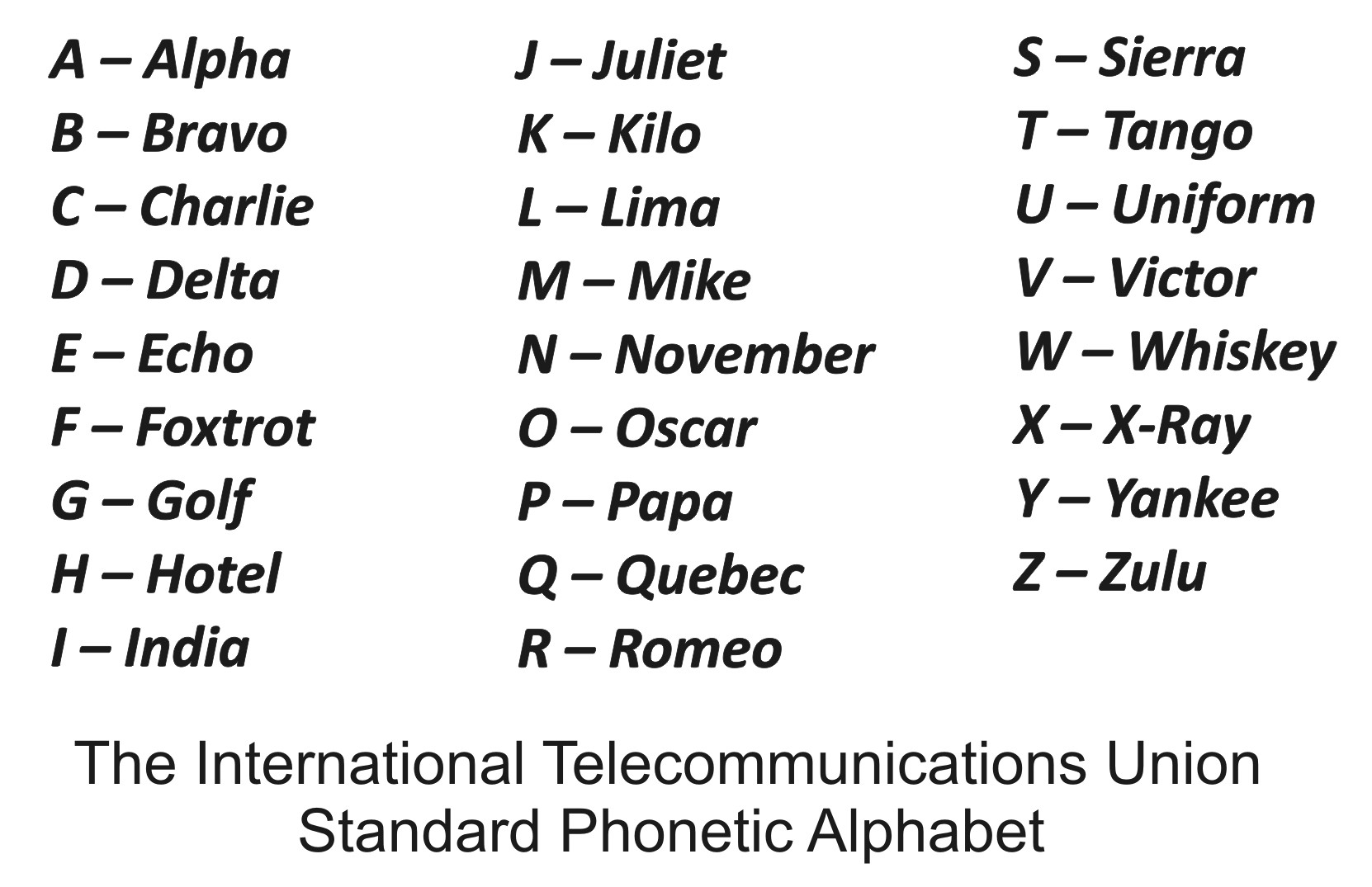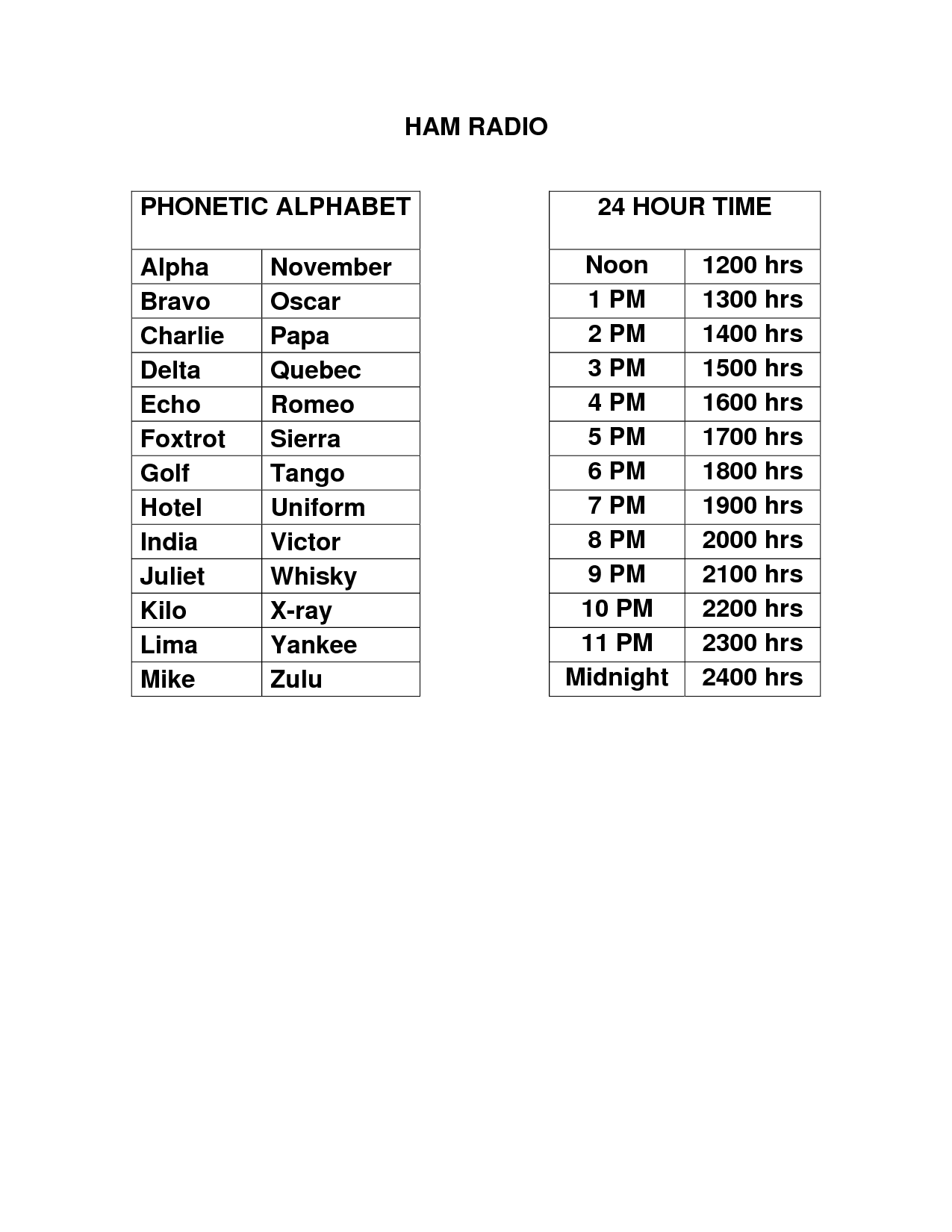

These codes are acrophonical, meaning that each letters name (or in this case, code word), begins with the letter itself.įor example, the letter A corresponds to the codeword Alpha, B to Bravo, C to Charlieand so on.Ĭheck out this 26 code words for the NATO phonetic alphabet list in alphabetical order - The NATO Phonetic Alphabet Chart The alphabet uses code words that correspond to the 26 letters of the English alphabet. With just using letters and numbers, messages can easily be confusing. This makes communication clear and avoids confusion. Map grid DH98, for example, becomes Delta-Hotel-Niner-Ait. Instead of spelling out things like map coordinates with letters, military personnel substitutes a code word for each letter. While this is merely annoying in civilian life, it can have fatal results in a military context.Ī phonetic alphabet makes voice messages and letter combinations clear and easy to understand. One can easily misunderstand them over long-distance communication. Letters like m and n, b and d, c and vsound so alike. Mostly because the soldiers may be faced with loud background noise, radio static or interference. These issues are compounded in combat areas. Especially, when youre not speaking face-to-face and lack the usual visual cues which help you interpret speech. Many English letters sound very similar and they can be easy to mix up. It's quite common that the person youre speaking to can mishear you. Have you ever had problems spelling out your name or another message over the phone? The alphabet was declassified by NATO and can be heard in both military and civilian situations. Its the official one used by NATO allies to communicate when spelling out letters or digits. More accurately known as the International Radiotelephony Spelling Alphabet (IRSA), or ICAO (International Civil Aviation Organization) alphabet.

The NATO phonetic alphabet is an alphabet used specifically for spelling out voice messages. Thus, comes a unified alphabet system that can minimize the chances of miscommunication - the NATO Phonetic Alphabet. For Example, B, C, and D, all of which sound very similar, especially over radio communication. The code word Charlie was used to avoid confusion between different checkpoints. This marked the crossing between East and West Berlin during the Cold War. You may have even visited a historical landmark which uses a spelling alphabet, like Checkpoint Charlie in Berlin. Youve probably heard spelling alphabets being used in movies and on TV. But instead, your unit heads for BA98, having misheard the radio message.Īvoiding a critical situation like this is why we have phonetic spelling alphabets. You receive orders to make your way to the extraction point: go to map grid DH98.

Imagine that youre on the ground in a military operation. The most prominent modern-day code is the NATO phonetic alphabet. But, the alphabets have actually been invented to avoid the fatal results that some spelling mistakes can have. Spelling alphabets are used to make radio messages as easily understood as possible especially by the military. You may not think that spelling can be a life or death matter.


 0 kommentar(er)
0 kommentar(er)
